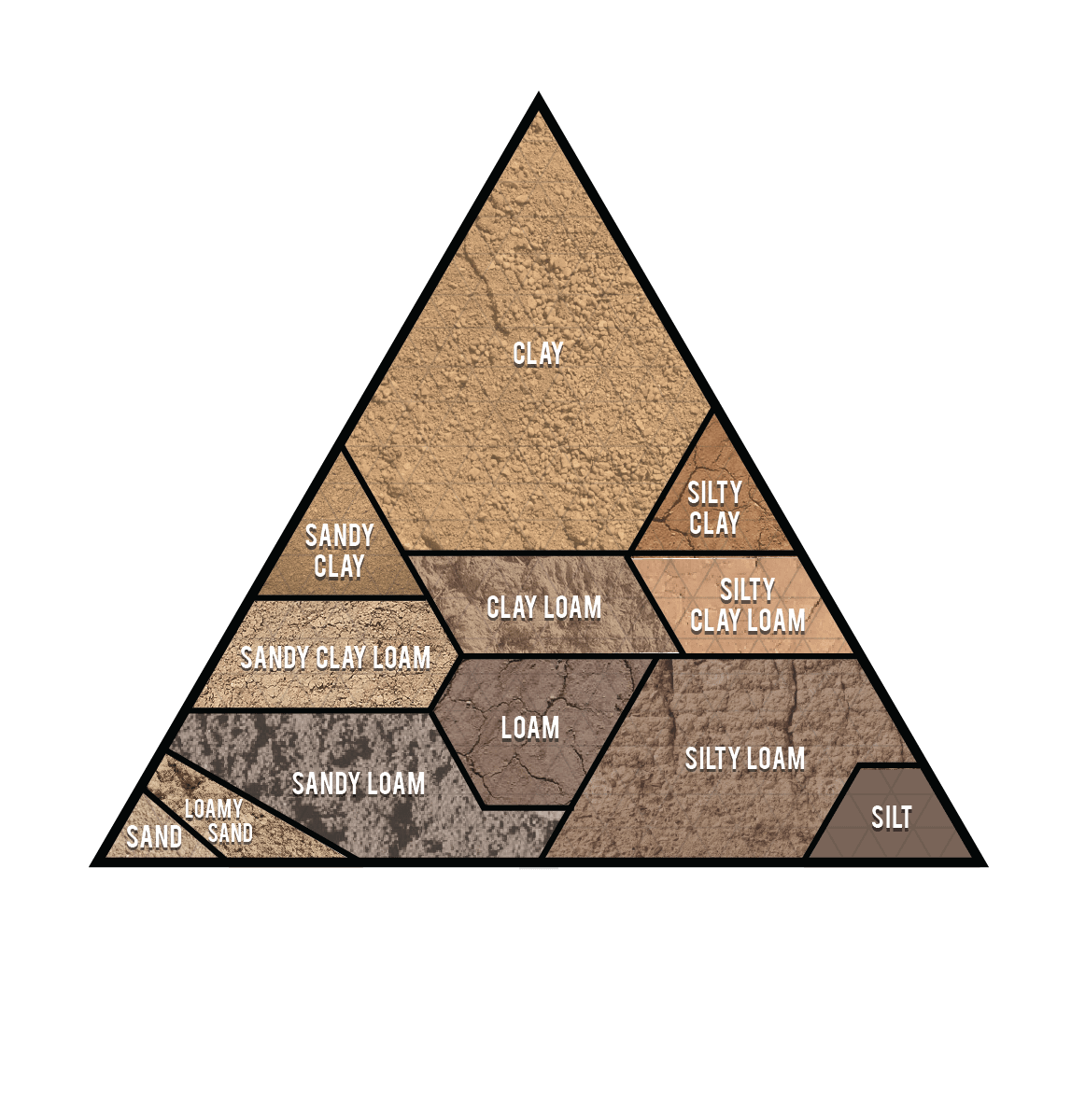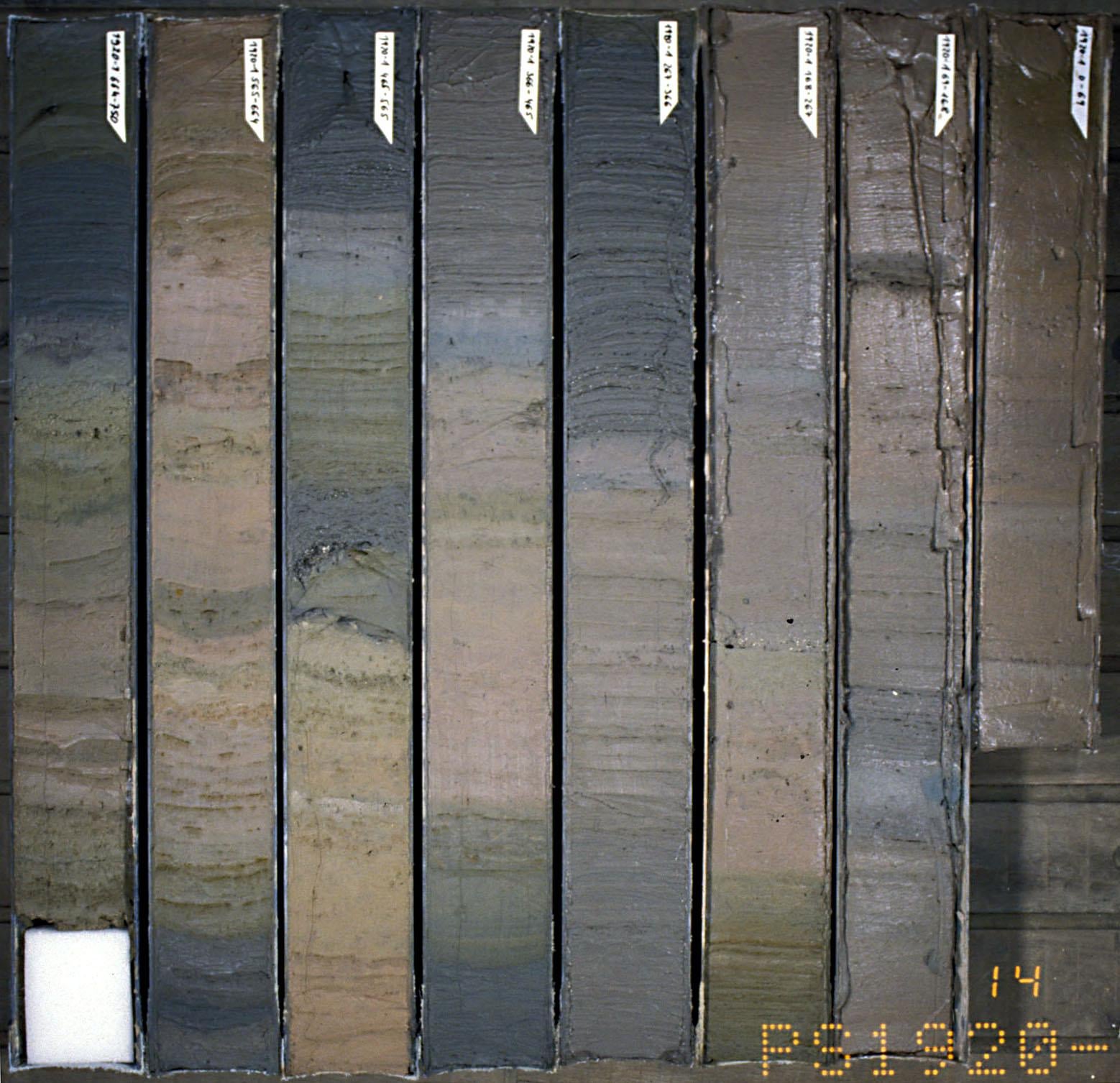this post was submitted on 13 Sep 2023
12 points (100.0% liked)
Soil Science
630 readers
1 users here now
Welcome to c/soilscience @ slrpunk.net!
A science based community to discuss and learn all things related to soils.

Notice Board
This is a work in progress, please don't mind the mess.
Subdisciplines of soil science include:
- Soil Taxonomy & mapping
- Soil Fertility & Organic Amendments
- Soil Chemistry & Remediation
- Soil Mineralogy
- Soil Physics
- Soil Biology
These subdisciplines are used by various other disciplines, particularly those related to reclamation, remediation, and agriculture.
Rules
- Don't throw mud. Be kind and remember the human.
- Keep it rooted (on topic).
- Please use a tag.
- No spam.
- Memes are welcome, but the focus of this community is science-based
Resources
Blogs
Careers
Chemistry
- Secondary and micronutrient availability by pH
- Secondary and micro nutrients availability by pH line graph
- Common Nutrient Deficiency Symptoms on Leaves Infographic
Classification
Maps & Datasets
Canada
- Canadian System of Soil Classificaiton
- 1982 Canadian Manual for Describing Soils in the Field
- Alberta Soil Quality Criteria Relative to Disturbance this one is widely used across Canada
- Best management practices for conservation of reclamation materials in the mineable oil sands region of Alberta - a good guide to basic reclamation and revegetation BMPs
Europe
- Agrifood Soilscapes (UK)
- Datasets from the BGS (UK)
- Datasets from the James Sutton Institute (UK)
- Scotland Environment Soil Maps
- Soil Atlas of Europe
- UK Geochemical Atlas
- UK Soil Observatory
United States
World
Soil Contamination:
- Cornell Guide to Testing Contaminated Soils
- CCME Soil Guidelines for Contaminants
- Wikipedia Lists of Hyperaccumulators for Bioremediation

Similar Communities
- !geology@lemmy.ca
- !geophysics@lemmy.ca
- !geologycareers@lemmy.ca
- !mining@lemmy.ca
- !openscience@lemmy.ml
- !reclamation@slrpnk.net
Sister Communities
Science and Research
Biology and Life Sciences
- !anthropology@mander.xyz
- !microbiology@mander.xyz
- !biodiversity@mander.xyz
- !palaeoecology@mander.xyz
- !palaeontology@mander.xyz
Plants and Gardening
Physical Sciences
Humanities and Social Sciences
- !archaeology@mander.xyz
- !cooking@mander.xyz
- !folklore@mander.xyz
- !history@mander.xyz
- !old_maps@mander.xyz
Memes
Find us on Reddit
founded 2 years ago
MODERATORS
you are viewing a single comment's thread
view the rest of the comments
view the rest of the comments

I only know 3 words in the title and "an developed on" is a pretty incomplete sentence.
I'm assuming this is a type of soil build up in an area with glacial melt? I imagine whatever sediment trapped in the ice gets deposited in the ground whoever it melts and flows through.
How are there so many distinct layers and what are they?
Ugh. I had this all typed out and hit the wrong button. I'll try to do it again....
K, so, when glaciers melt, they shit out a bunch of sediments. If this stuff is just deposited directly where the glacier was (stagnation), it's called till. If this material is carried by water coming off the glacier, it's called glaciofluvial (GLFL). If it's carried by water, it gets sorted somewhat, with heavier chunks settling out first, then sands, then ultimately clays, but encountering clay GLFL is pretty uncommon.
From left to right:
LFH - Dead leaves, sticks, mosses, organic matter Ae - the first horizon to develop on the GLFL deposit, and the first encountered. the 'e' indicates that something has leached from it. In this case, it's iron. in other cases it can be labile humic acids or clays. The leaching process is called eluviation.
Bm - This layer is the last one developed, and develops overtop of the C and between the A through pedogenic action, like eluviation. Sidebar; when something is being deposited into a horizon in question, it's called illuviation. in this case, the illuviation wasn't strong enough to change the classification of the soil so it gets to the 'm' modifer, for 'minor development'
C - this is the last horizon and the most like the the GLFL parent material. No modifiers here, since there's no mottling, illuviation, or carbonates associated with it.
Thanks for the write up. It's hard to conprehend just how much sediment is in glacial melt. It makes sense but the volume is still impressive.
During the last glaciation, kilometers thick ice sheets advanced across North America, grinding and ploughing everything in their path. This action resulted in an a shit pile of sediments making its way into the sheets. This period lasted for about 100k years, ultimately resulting in about 10% of the ice mass consisting of sediment.
Some areas where not glaciated link even the within the ice sheets. an example of this is are the Cypress Hills